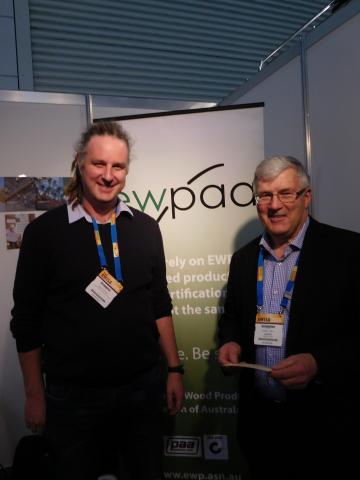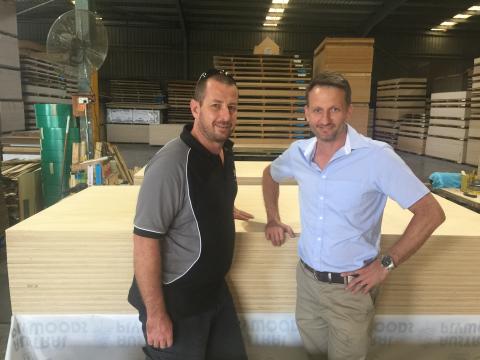
The Programme for the Endorsement of Forest Certification (PEFC), is hosting their 2016 Stakeholder Dialogue event in Bali, Indonesia this November. The two day event will be dedicated to discussion, debate and exchange on how the forest sector and forest certification can better contribute to sustainable landscapes for sustainable livelihoods.
The EWPAA works to promote sustainable forest management and sustainable wood products through provision of Chain of Custody (CoC) certification to AFS and PEFC requirements. The CoC standard aims to provide organisations with a credible system for tracking products from certified forests through all phases of the supply chain to the consumer.
EWPAA certification against AFS/PEFC CoC standards provide a clear statement that wood has been sourced from certified and sustainably managed forests. Sustainable forest management provides sustainable economic activity in regional economies and employment in regional communities.
The Stakeholder Dialogue event will open with two distinguished experts providing diverse views on how to ‘bridge the gap’ and better achieve sustainability across forests, agriculture and food security.
Dr. Terry Sunderland, Principle Scientist at CIFOR, will share his insights on how landscape approaches can provide a framework to reconcile competition between productive land-uses and environmental and development trade-offs. He will also highlight new findings that underscore the importance of forests for many aspects of sustainable development, people’s nutrition among them.
Dr. Sadanandan Nambiar AO, (formerly, Chief Research Scientist, CSIRO, Australia) will argue that improving the productivity and profitability of forests and trees is central to achieving sustainability across landscapes and livelihoods.
For Dr. Nambiar, certification must sharpen its focus on economic sustainability. The production, processing and use of more wood is critical for poverty reduction and a contributor to climate change mitigation, and he will challenge whether certification systems currently act as a catalyst for rural development in tree-based landscapes.
Visit the PEFC Week website for more information and to register for the event.












